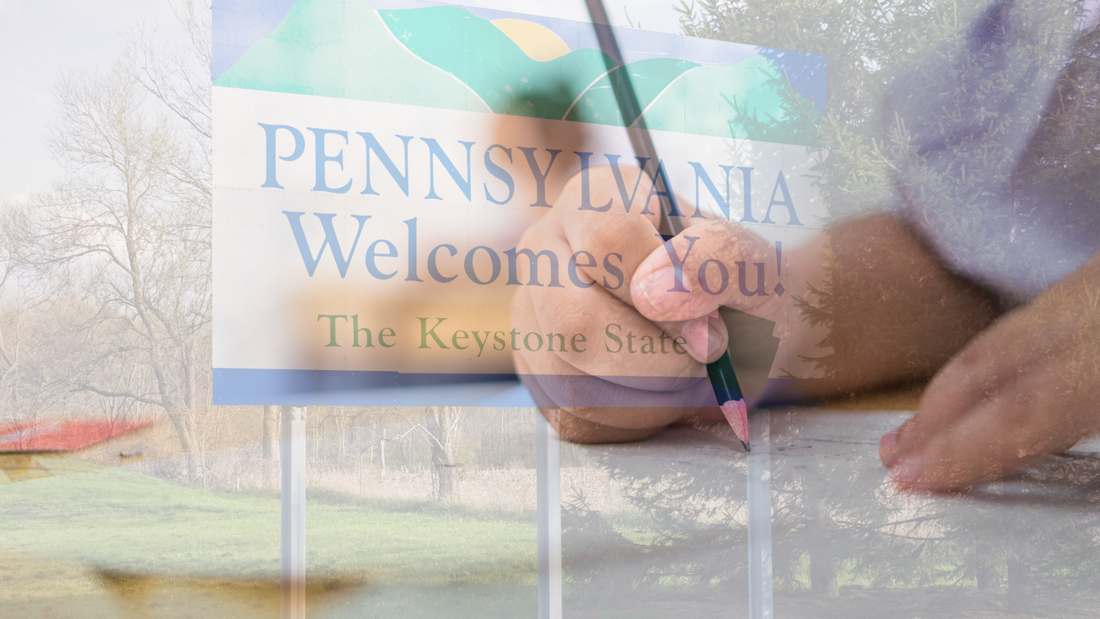|
State by State, School Choice Movement Sweeps – and Falters What’s behind the mushrooming success of the school choice movement? Why is school choice spreading like a prairie fire, from Oklahoma’s recent refundable school tuition tax credit, to major expansions in recent years from Florida to Utah, from Arizona to West Virginia?
This movement is fueled by a desire to bring competition to the often disappointing – and in some cities, alarmingly bad – performance of public school systems. But something else is also at play: school choice fulfills the guarantees and values of the First Amendment writ across generations. From coast to coast, parents are expressing their desire to transmit their values and beliefs through the choice of state-accredited private schools. But with success comes inevitable pushback and disappointment. Protect The 1st praised Democratic Gov. J.B. Pritzker of Illinois during the election season last year for supporting “The Invest in Kids Act,” which provides a tax credit for thousands of children to avoid public schools with decades-long records of failure. But the goal of a viable state-supported choice alternative for Illinois families has yet to be realized. Under political pressure from the teachers union, and unfounded fears public schools would be short-changed, the Illinois legislature killed the program – consigning thousands of children to return to dysfunctional public schools. Protect The 1st also had high hopes for Texas, where Republican Gov. Greg Abbott pushed the legislature in Austin to pass a statewide school choice bill. Conservative Republicans in the Texas House, however, killed the measure out of fear that a school choice program would divert funds away from rural public schools. Such fears about school choice are unfounded. School choice doesn’t degrade public schools – it improves them. Randomized control trials of voucher programs found moderate evidence of improvement in academic achievement from private school vouchers – a welcome result given America’s persistently mediocre place in international school rankings. Moreover, out of 28 studies that explored the causal relationship between school choice and the performance of public schools, 25 found that school choice improves educational attainment in traditional school systems. “In terms of social-scientific validity, that’s a slam dunk,” writes Alexander William Salter, economist at Texas Tech University. What about Republicans’ fears about the impact of school choice on rural schools? States like Arizona and Florida that have expansive school choice policies have witnessed an increase both in rural private-school enrollment and public-school performance. Since the enactment of state school choice policies, Arizona’s rural schools have increased performance in students’ fourth- and eighth-grade reading and math scores, while the performance of rural schools nationwide has declined. The critical role school choice can have in young lives explains why Sen. Tim Scott (R-SC) called school choice a “civil rights issue.” And it explains the brave stand of Democratic Gov. Josh Shapiro of Pennsylvania who said he is open to school choice because: I believe every child of God deserves a shot here in the Commonwealth of Pennsylvania, and one of the best ways we can guarantee their success is making sure every child has a quality education. Comments are closed.
|
Archives
June 2024
Categories
All
|
ABOUT |
ISSUES |
TAKE ACTION |



 RSS Feed
RSS Feed